Paco Park Cemetery
The cemetery was built for the Spanish colonial elite, but its most famous residents were all buried in unmarked graves.
Behind two layers of stone walls in the middle of bustling Manila is a quiet cemetery dating back to the days of Spanish rule. Built in 1807, Paco Park was originally designed to be a final resting place for the colonial elite; the inner walls of the circular garden still houses the marble crypt markers that bear their family names.
The cemetery was later expanded in 1822 to accommodate victims of the city’s devastating cholera outbreak, with a second wall built to enclose the newer graves. Yet the cemetery’s most famous residents were buried inconspicuously in unmarked graves, their names never immortalized on either of the cemetery walls.
On February 17, 1872, the Spanish executed three Filipino priests: Mariano Gomez, Jose Burgos, and Jacinto Zamora, known collectively as Gomburza, for allegedly inciting a mutiny against the colonial government. The three priests, branded as traitors and killed, were buried together in an unmarked grave in Paco Park.
Though the mutiny failed, the murders of Gomburza contributed to the awakening of a Philippine national consciousness. Over the next quarter of a century, this would foment into a full-blown revolution, the foundation of which is attributed to yet another revolutionary figure once interred in Paco.
In 1896, Philippine national hero Jose P. Rizal was executed by the Spanish for his presumed involvement in the Philippine Revolution. His second book, El Filibusterismo, which addressed the theme of Spanish corruption and repression in the islands, was dedicated to Gomburza. Like the three martyred priests, Rizal’s body was buried in an unmarked grave between the two walls of Paco Park cemetery.
When Rizal’s sisters discovered his grave, they bribed the guards to mark it with “RPJ,” his initials in reverse, to hide the spot from the Spanish. Though Rizal’s body has since been moved, now entombed about a kilometer away beneath a monument that bears his name, the coded grave marker remains at Paco Park.
Know Before You Go
Opening hours:
Wednesday to Sunday, 6am to 5pm
Monday to Tuesday, 7am to 5pm

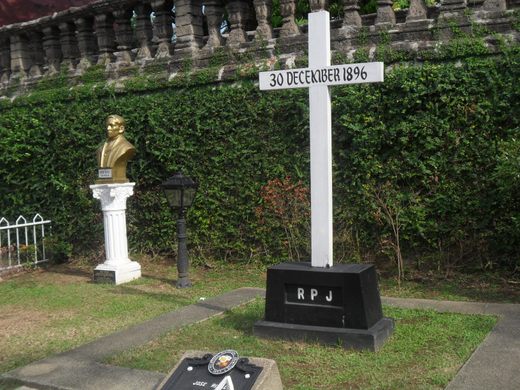







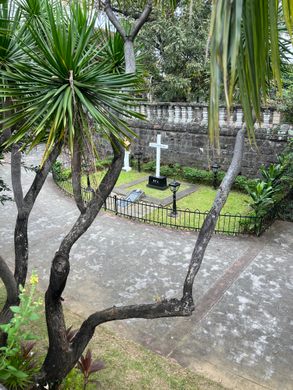





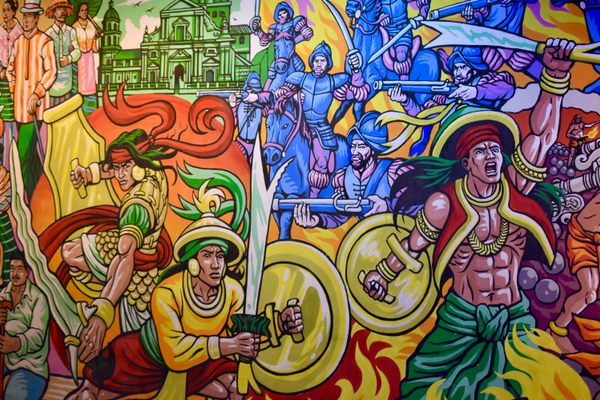


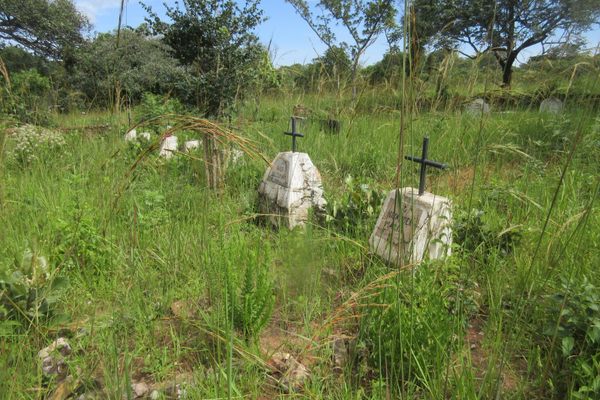

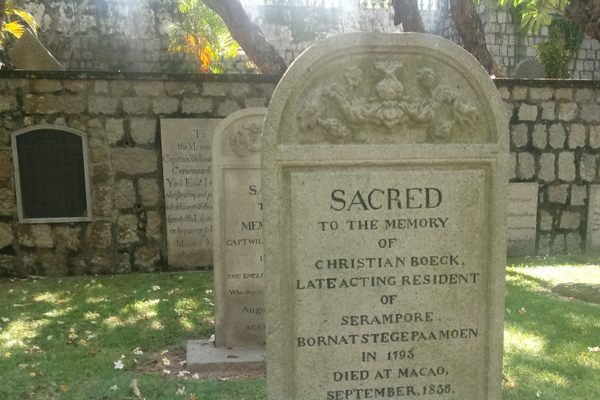


Follow us on Twitter to get the latest on the world's hidden wonders.
Like us on Facebook to get the latest on the world's hidden wonders.
Follow us on Twitter Like us on Facebook